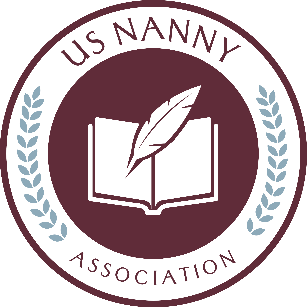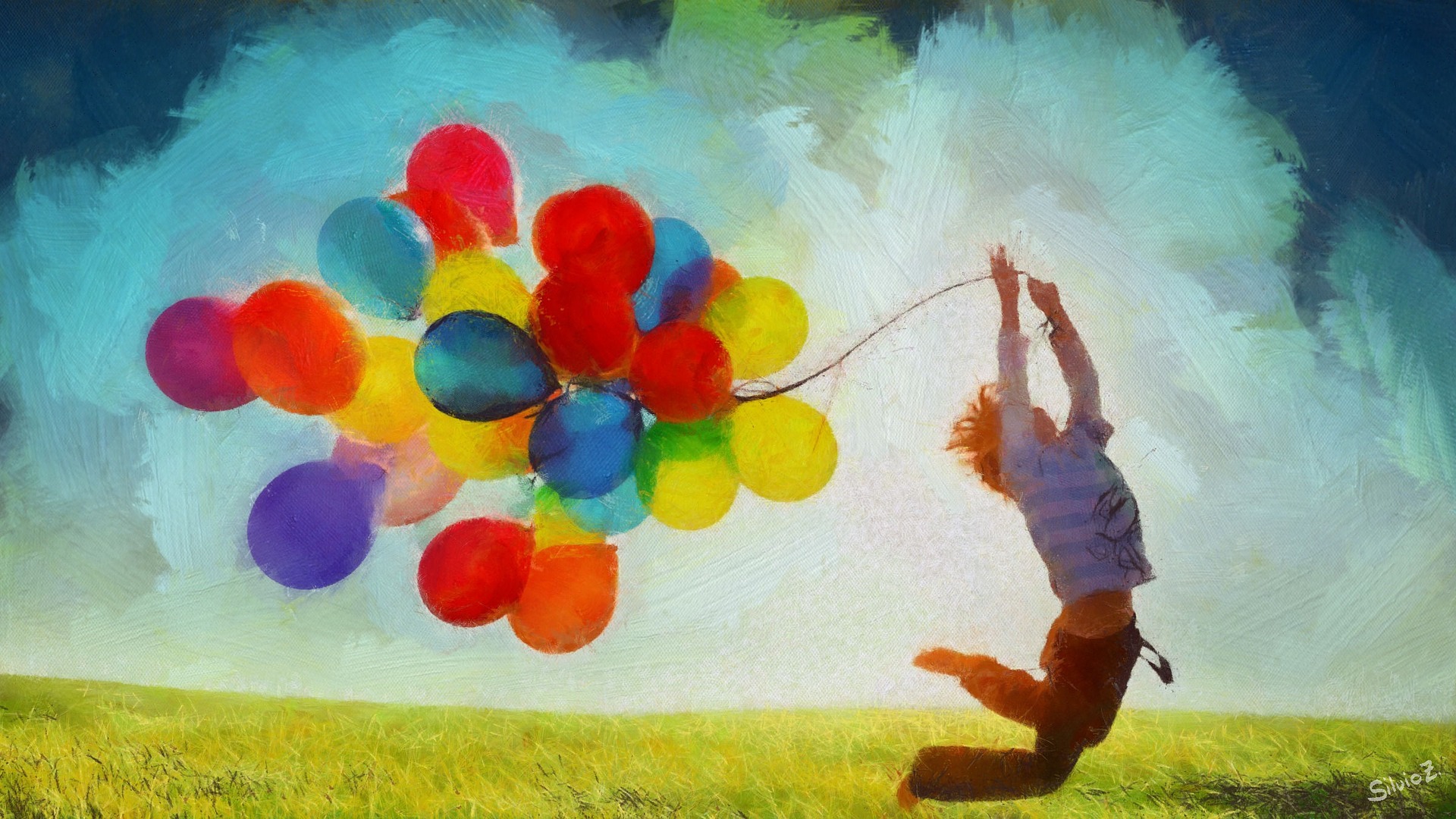Summary
You need some “Nanny Hacks” from Dr. Nana, your favorite professor. I call them hacks, because they are simple tricks with available ingredients and tools, just like the healthy low carb hacks that have sustained me on my wellness journey. Let’s go.
Nanny Hacks from Dr. Nana
So here’s a little aside from your favorite professor. I embraced a low carb lifestyle about 14 months ago and feel amazing. Lost 30 pounds, recovered amazingly from a surgery, and feel like I’ve gained so much energy. Cutting the useless sugar and carbs made such a difference. I’ll include a fun little recipe at the end, for the adults. But, my point here is that cutting out the “junk” and focusing on what matters; keeping things simple and accessible; and creating a schedule that “feeds your kids’ brains” is going to make summer 2022 so much easier. We are about to hit the longest 70 days of the year in childcare time. The hottest, often rainiest, often most isolated days between July 1 and back to school in early September. Routines are out the window. Schedules are often muddled and moving. Guests may be in and out of the house. You may even find yourself caring for an “extra” guest during visits. Travel is always a trial. You need some “Nanny Hacks” from Dr. Nana, your favorite professor. I call them hacks, because they are simple tricks with available ingredients and tools, just like the healthy low carb hacks that have sustained me on my wellness journey. Let’s go.
#1. Break the Day Into Modules. Indoor. Outdoor. Schedule an outdoor for the morning and evening when things are cooler in most places and the outdoor walk in the evening is an excellent relaxation device. The point is, get outside every day, at least twice a day. And when you are inside, plan for at least 2 of these 5 modules: Crafting, Literacy, Movement, Music, Cooking, and Mathematics. See my earlier blog posting on mathematics ideas online at this site.
#2. Just Add Water. Everything is better, cooler, and more creative with a water feature. Once a week, set up an actual “Water Park” in the garden, with a sprinkler, wading pool, and whatever else you can scrounge. In lieu of that, trek to the local park that features a splash pad. This is a good time to connect with other families that might help contribute to the Water Park at home or who might like to accompany you to the local park.
#3. Let’s Go to the Library. Public and private libraries have opened back up for summer literacy events and I’ve noticed a trend to do books plus crafting. Very nice. I’m also seeing Lego building, displays of local artisans, and guest storytellers. There is almost always a calendar available in the children’s section and online.
#4. Old School Snacks. Teaching basic skills shouldn’t stop for summer break. Just shift the focus to food and fun. Make popsicles or pudding pops, or jello snacks together . Mixing colorful juices, cut fruit, using measurement tools, and observing the changes as the sweet treats set up are part of the science process skills.
#5. Seek and Find Science Process Skills. Summer is the ideal time to organically infuse the 6 scientific thinking or process skills into your day. Observation • Communication • Classification • Measurement • Inference • Prediction. You needn’t be a scientist nor write a lesson plan, simply use the write words as you unpack simple daily tasks. Let the science speak through the words. A few examples: 1) Walking on the beach. You see shells. “Let’s classify these shells my friends. Let’s organize them by their attributes. Can we put the round ones together? The shiny ones? The broken ones?” You are outside at the park. Some dark clouds gather. “Look my friends, do you see the dark clouds? What can we predict? What could those dark clouds tell us about the weather?” We tell the children to use their words. We can use our words in more powerful ways.
#6. Go on a Scavenger Hunt. Remember the indoor/outdoor basic module with which we began? Inside can be stifling, even with a playroom of lovely toys. Get those brains working. Promote the process skills of observation and communication with a weekly scavenger hunt. I like to use this with shapes and textures. Give each child an easy to tote basket or shopping bag. Set a time for 10 minutes ( ages 8 and up) or 5 minutes for ages 4-7 and give them a challenge. Today, we are going to look for things that are round? Or square? Or brown? Or soft? Or ……
#7. Art is Everywhere. Again, indoor module. Afternoon. Hot. After nap. Or in avoidance of nap. Art is a calming and reflective choice. As the Nana of a three and four year old this summer, I have rediscovered the following “found” art materials and use them with a generous hand. White paper coffee filters, paper cupcake liners, colored paper straws, glitter pens, cotton balls, and pomp oms. Add a good quality glue stick and anything can happen. Think a giant jar of flowers created by coloring the filters, putting pom poms in the middle, straw “stems”. And then let the littles search through the pasta and pickle jars you save for the perfect vase.
#8. Take the Music Outside. I know there is value in listening to and for the sounds of nature. Don’t stop. But I can tell you that taking a simple set of rhythm instruments outside into the patio or garden or even to the park creates a new energy. Things sound different. There are opportunities to mimic the sounds heard from the street or to try to communicate with the birds. There is more room to dance and move.
#9. Get Fruity. If possible, a field trip to actually pick berries yourself or pick them out at a farm or produce stand or a very nice market creates both sweet memories and summer learning opportunities. Talking about the seasons of the year. Observing the colors. Introducing the concept of “eating the rainbow” of colors for optimum health. All of this is available if you do a little planning. Taking the fruits home to sort, wash, and then prepare together sets up an important dynamic about enjoying food and learning to choose healthy options. I like to create parfaits with Greek yogurt, granola, and fruits. The whole layering and building experience is so satisfying.
#10. Bubbles are Beautiful. Every day. Bubbles. But mix it up. Try making bubble mix together before you go. More process skills. It is tempting to default to store bought bubble wands and machines and I will tell you that adding a cute bubble making frog or lawn mower to the #2 Hack Add Water is genius, so do it. But also, simple drip empty berry baskets and wave them or create a “bubble snake” by cutting off the bottom of water bottle, covering it with a washcloth secured by a rubber band and letting the bubble solution seep through. One mom told me that she sets up a wading pool with bubble mixture overnight and immerses a hoola hoop. In the morning, children stand on either side and gently lift the hoop up to free a huge and glorious bubble. Now that’s a hack and a half! Enjoy.
As promised…..my low carb “hack” for adults. In a mason jar, put ½ cup crushed ice. Pour in 1. 5 cups of chilled Zero Sugar orange soda or Root Beer. Using an immersion blender, whip 1/3 cup whipping cream and a few drops of vanilla bean until frothy. Add to the jar of soda and ice and sip with a straw.
The US Nanny Association thanks all the nannies, advocates and business leaders who provide practical tips and insight to elevate our industry. Thank you for sharing your expertise.
Dr. Karges-Bone is a best-selling author and media influencer who specializes in bringing neuroscience to teachers in a brain friendly, engaging style. She holds two degrees in special education and has been writing about the effects of poverty and trauma on children’s brains for over 15 years. She has trained thousands of teachers at the graduate and undergraduate levels and writes frequently for scholarly and popular journals. Her background in special education, use of humor, and real-world experiences with schools and families bring a sense of authenticity and trust to the lecture experience.


